Affiliate links on Android Authority may earn us a commission. Learn more.
By the numbers: iPhone 6S vs the Android competition
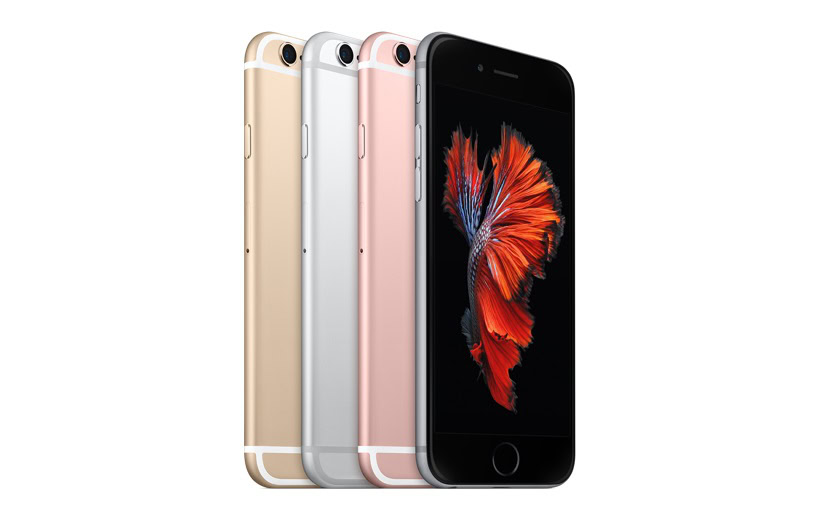
Android has already seen its share of excellent flagship smartphones this year, offering up some cutting edge pieces of technology and plenty of general improvements over last year. Apple has now joined the fray with its new iPhone 6S and S6 Plus, so let’s see how they stack up against the very best that Android has to offer.
Despite the growth in lower cost competitors and the mid-range Android phones this year, we still turn to the renowned major brands for the very top of the line hardware. For this comparison, we’re bringing out the Samsung Galaxy S6 Edge, Samsung Galaxy Note 5, Sony’s Xperia Z5 Premium, the LG G4 and the HTCOne M9.
| iPhone 6S | Xperia Z5 Premium | Galaxy Note 5 | Galaxy S6 Edge | LG G4 | HTC One M9 | |
|---|---|---|---|---|---|---|
Display | iPhone 6S 4.7-inch LCD (720p) iPhone 6S Plus: 5.5-inch LCD (1080) | Xperia Z5 Premium 5.5-inch LCD 4K (3840 X 2160) | Galaxy Note 5 5.7-inch AMOLED QHD (2560x1440) | Galaxy S6 Edge 5.1-inch AMOLED QHD (2560x1440) | LG G4 5.5-inch LCD QHD (2560x1440) | HTC One M9 5.0-inch LCD 1080p |
SoC | iPhone 6S Apple A9 | Xperia Z5 Premium Snapdragon 810 | Galaxy Note 5 Exynos 7420 | Galaxy S6 Edge Exynos 7420 | LG G4 Snapdragon 808 | HTC One M9 Snapdragon 810 |
CPU | iPhone 6S 2x 1.4GHz | Xperia Z5 Premium 4x 1.9GHz Cortex-A57 4x 1.5GHz Cortex-A53 | Galaxy Note 5 4x 2.1GHz Cortex-A57 4x 1.5GHz Cortex-A53 | Galaxy S6 Edge 4x 2.1GHz Cortex-A57 4x 1.5GHz Cortex-A53 | LG G4 2x 1.8GHz Cortex-A57 4x 1.4GHz Cortex-A53 | HTC One M9 4x 2.0GHz Cortex-A57 4x 1.5GHz Cortex-A53 |
GPU | iPhone 6S PowerVR | Xperia Z5 Premium Adreno 430 | Galaxy Note 5 Mali-T760 MP8 | Galaxy S6 Edge Mali-T760 MP8 | LG G4 Adreno 418 | HTC One M9 Adreno 430 |
RAM | iPhone 6S 2GB (TBC) | Xperia Z5 Premium 3GB | Galaxy Note 5 4GB | Galaxy S6 Edge 3GB | LG G4 3GB | HTC One M9 3GB |
Storage | iPhone 6S 16/64/128 GB | Xperia Z5 Premium 32GB | Galaxy Note 5 32/64/128GB | Galaxy S6 Edge 32/64/128GB | LG G4 32GB | HTC One M9 32GB |
MicroSD | iPhone 6S No | Xperia Z5 Premium yes, up to 200GB | Galaxy Note 5 No | Galaxy S6 Edge No | LG G4 Yes, up to 128GB | HTC One M9 Yes, up to 128GB |
Camera | iPhone 6S 12MP rear 5MP front | Xperia Z5 Premium 23MP rear 5MP front | Galaxy Note 5 16MP rear 5MP front | Galaxy S6 Edge 16MP rear 5MP front | LG G4 16MP rear 8MP front | HTC One M9 20MP rear 4MP front |
Display technology has seen some major advances this year. Samsung has brought its curved QHD AMOLED to the mainstream with its Edge range, Sony has pushed out the first 4K smartphone with the Xperia Z5 Premium and HUAWEI announced its Force Touch display with its Mate S.
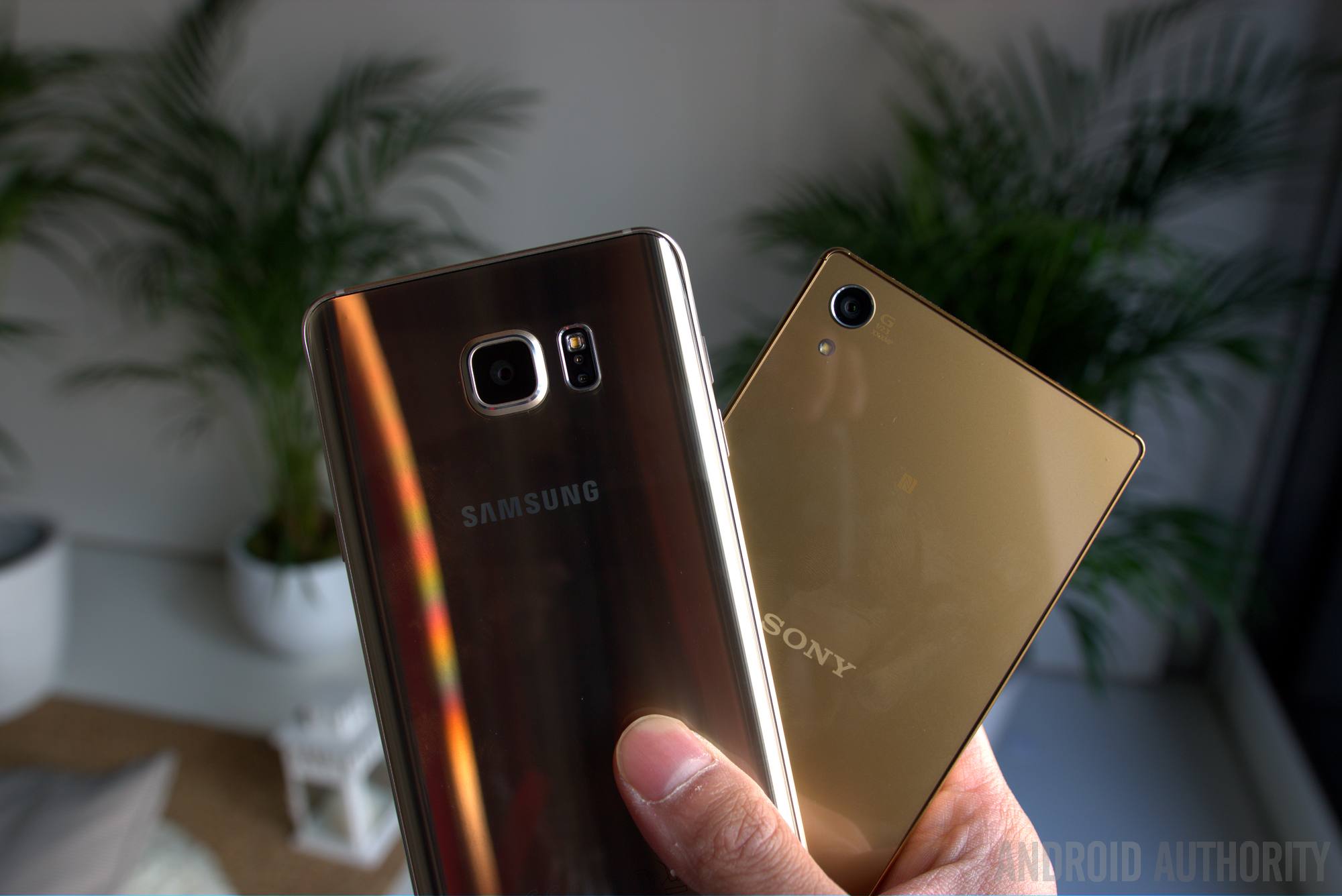
Apple remains behind the leading Android smartphones when it comes to display resolution (750 x 1334/326ppi on the iPhone 6S and 1080p on the 6S Plus), as more manufacturers push to QHD and beyond for their major flagships. Instead, Apple’s big display feature is 3D Touch, which appears to be a rebranded form of the Force Touch from the Apple Watch.
This new feature allows users to interact with the screen through deeper presses as well as just regular touches. The deep touches allow for features that are baked throughout iOS, like the ability to launch the camera into selfie mode by deep pressing its shortcut, or the ability to preview images and other elements without opening them. If it sounds familiar, it’s because many of these UI features have been used on Android in various forms, with long presses as a trigger.
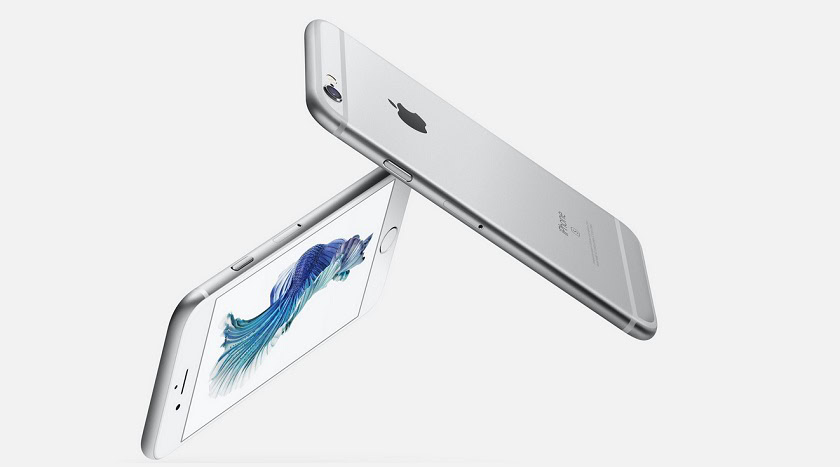
There’s a similarly divisive split between the two groups’ approaches to processing technology. While all of this year’s Android flagships have bumped the core count up to at least six, Apple is sticking with just two higher performing CPU cores in its A9 SoC. The new A9 processor is touted to be 70 percent faster at CPU tasks and 90 faster at GPU tasks compared to the A8 from last year. There’s no confirmation yet, but it’s believed that Apple has decided to bump up the amount of RAM to 2GB in its latest iPhone, which would bring it closer to the 3GB standard found in these Android flagships.
None of these flagship handsets should struggle in demanding scenarios or when it comes to multi-tasking and will handle all of the latest games. Only small benchmark differences will be able to tell us the differences between these handsets.
The iPhone 6S also features bigger numbers when we look at the phone’s camera sensors. The 8-megapixel rear camera has been bumped up to 12 megapixels, although that still falls short of the resolution of the excellent sensors found in handsets from LG, Samsung and Sony. That said, more pixels don’t always result in better pictures, and it’s likely that the iPhone 6S’ camera remains one of the best around. The iPhone 6S also vastly improves its front facing camera, offering a more competitive 5 megapixels with of resolution that catches up to most Android flagships. The LG G4 is slightly ahead with an impressive 8MP sensor on the front.
| iPhone 6S | Xperia Z5 Premium | Galaxy Note 5 | Galaxy S6 Edge | LG G4 | HTC One M9 | |
|---|---|---|---|---|---|---|
Battery | iPhone 6S 1810 mAh (TBC) | Xperia Z5 Premium 3,430mAh | Galaxy Note 5 3,000mAh | Galaxy S6 Edge 2,600mAh | LG G4 3,000mAh | HTC One M9 2,840mAh |
Fast Charging? | iPhone 6S No | Xperia Z5 Premium Quick Charge 2.0 | Galaxy Note 5 Yes | Galaxy S6 Edge Yes | LG G4 Quick Charge 2.0 | HTC One M9 Quick Charge 2.0 |
Wireless Charging? | iPhone 6S No | Xperia Z5 Premium No | Galaxy Note 5 Qi and PMA | Galaxy S6 Edge Qi and PMA | LG G4 Qi (optional cases) | HTC One M9 No |
Fingerprint Scan? | iPhone 6S Yes | Xperia Z5 Premium Yes | Galaxy Note 5 Yes | Galaxy S6 Edge Yes | LG G4 No | HTC One M9 No |
IP rating | iPhone 6S No | Xperia Z5 Premium IP68 | Galaxy Note 5 No | Galaxy S6 Edge No | LG G4 No | HTC One M9 No |
Dimensions | iPhone 6S | Xperia Z5 Premium 154.4 x 75.8 x 7.8mm | Galaxy Note 5 153.2 x 76.1 x 7.6mm | Galaxy S6 Edge 142.1 x 70.1 x 7mm | LG G4 148.9 x 76.1 x 9.8 mm | HTC One M9 144.6 x 69.7 x 9.6 mm |
Weight | iPhone 6S | Xperia Z5 Premium 180g | Galaxy Note 5 171g | Galaxy S6 Edge 132g | LG G4 155g | HTC One M9 157g |
When it comes to additional features, there quite a bit of diversity between the big Android brands, let alone Apple’s iPhone 6S. Sony remains firmly committed to water and dust resistance, which you won’t find with any of the other major flagships. Samsung still has the only dual-mode wireless charging phone in our flagship selection. With battery life still questionable, Apple’s choice for a small 1810 mAh battery might not suit power users who are used to 3,000mAh cells found in some Android phones. Extras like Quick Charging are useful here to make up the gap, but Apple doesn’t appear to be adopted a similar technology of its own yet.
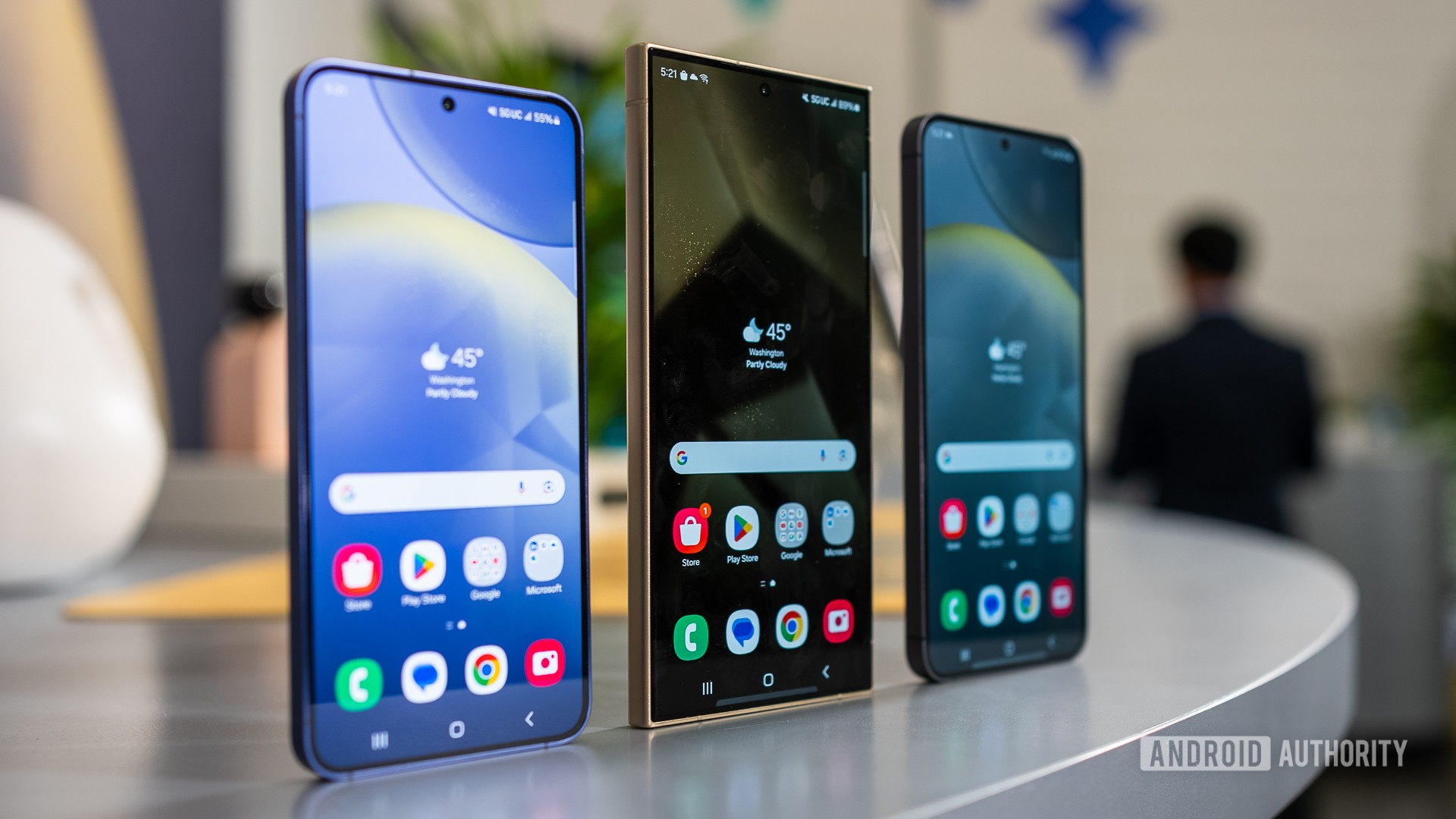
LG retains its unique camera laser autofocus features and also supports Qi wireless charging, providing that you buy an extra case. HTCseems to be the most barebones handset when it comes to extras, but its front facing BoomSound speakers are still some of the best in the business.
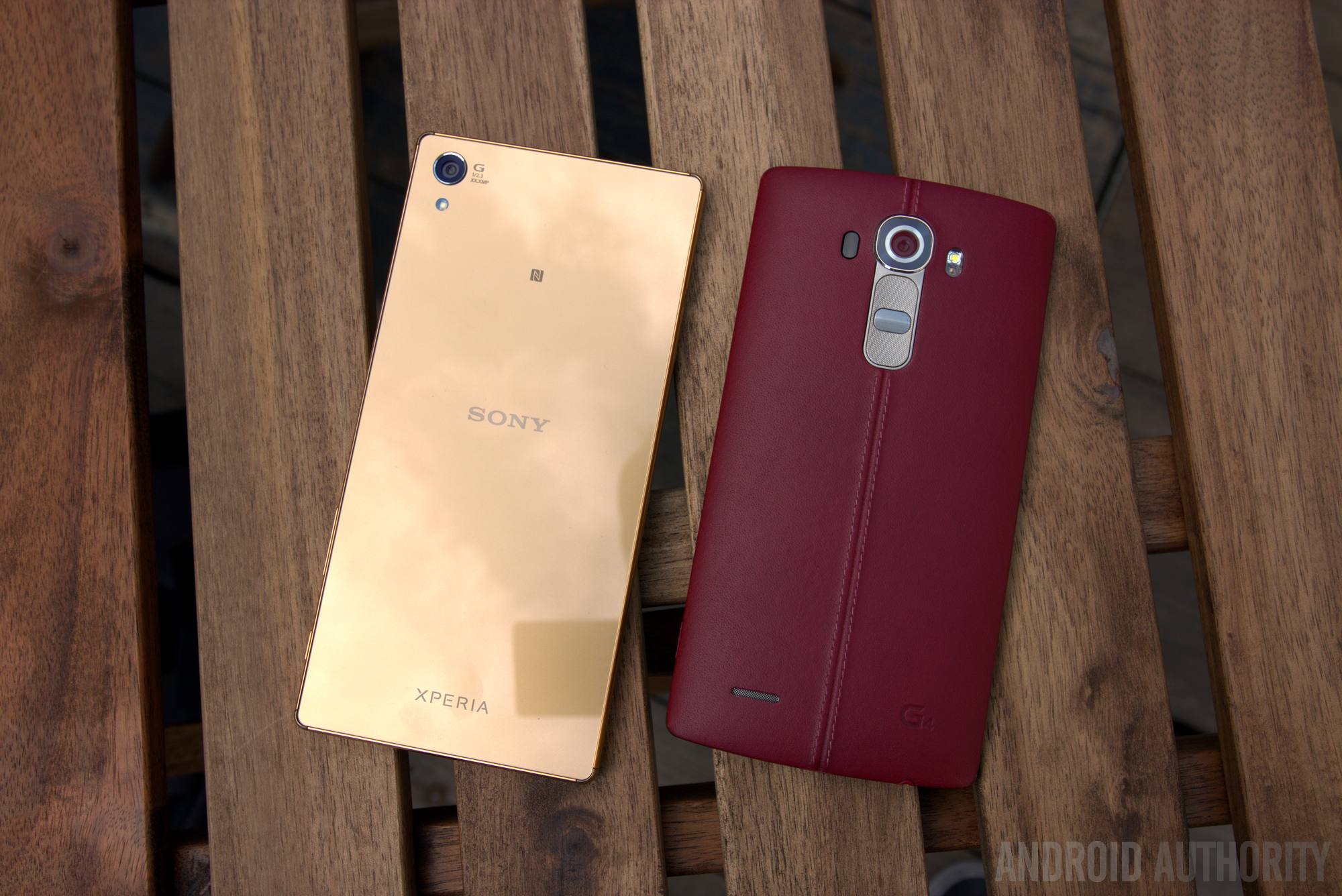
Fingerprint scanners seem almost like a must have feature these days, but you won’t find one on every Android flagship. Sony has joined the party with its Xperia Z5 range, but LG and HTCdidn’t include them on their flagships this year. Extra services that use the fingerprint scanner, such as Apple Pay and Samsung Pay, are certainly worth considering when you’re spending big cash on a flagship smartphone.
I would say it’s the little extras that mark the major differential factors between today’s flagship smartphones, and there is still a lot of diversity in both the iOS and Android spaces. Those who love Apple’s extra services will certainly get the most of the iPhone 6S, while those looking for more interesting hardware options will probably be able to find something right for them in the broad Android ecosystem.
Where does the iPhone 6S sit with you?